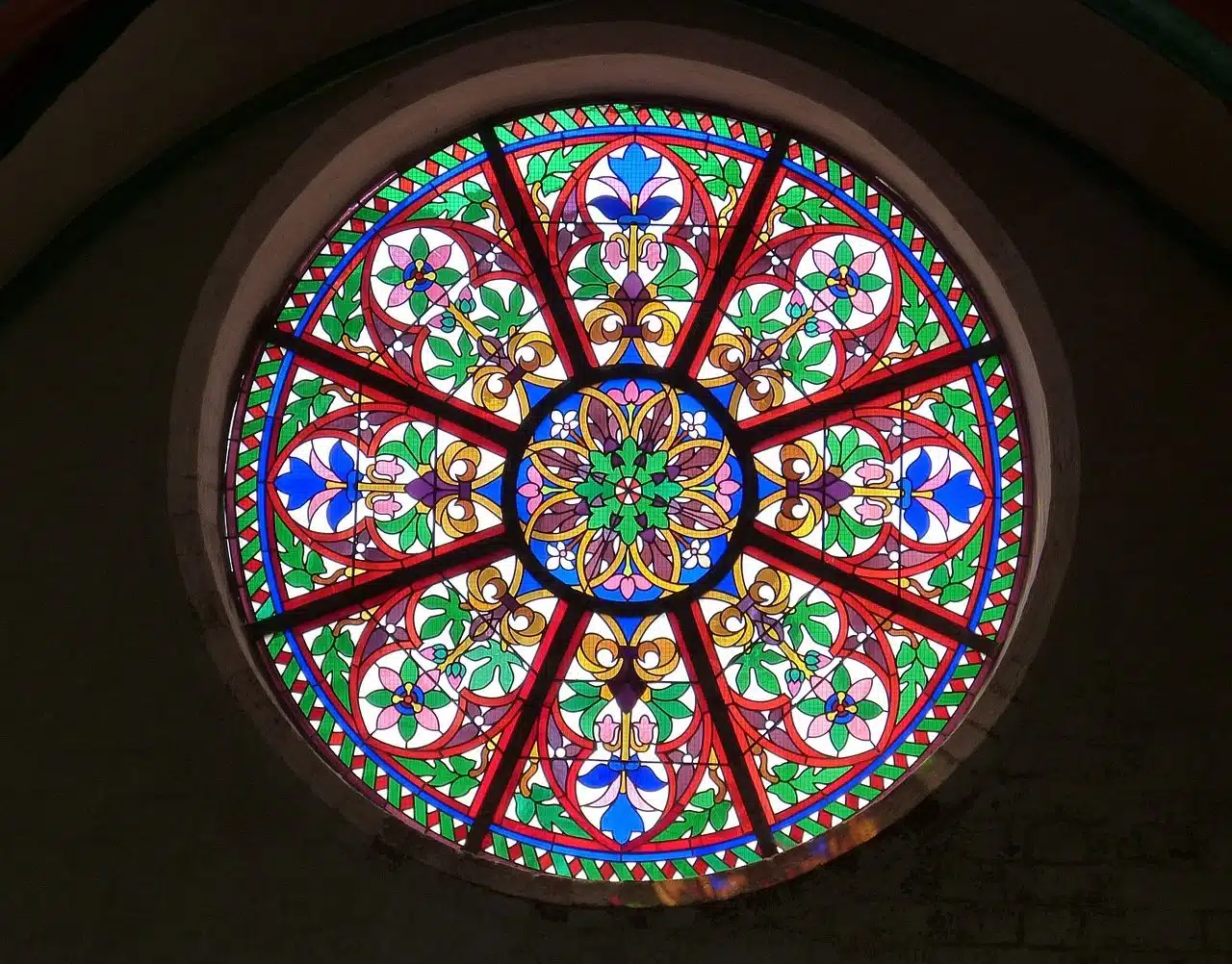
A rose window is a circular window that has ornamentation.
Rosette is a term used in the field of architecture to give a name to circular-shaped windows that exhibit ornamentation and openwork. The concept is also used to name circular decorations that are hung from a ceiling.
Rose windows were a very important element for Gothic architecture , being used on the facades of a large number of churches . Romanesque architecture also made use of these elements; However, in this case they are usually seen in the lateral sectors of the buildings.
Objectives of a rose window
The main objective of the rose window is to promote the lighting of churches, since it allows natural light to enter the construction . The architects also opted for placing rose windows to create lighting effects on the altars.
The rose window, on the other hand, could have various symbolic values. In this way, its inclusion in a temple could represent Jesus Christ (due to its relationship with the solar rays it projects) or the Virgin Mary (because it has a structure similar to that of roses ).

Rose windows are present in many churches.
Temples with these architectural elements
Notre Dame Cathedral , also known as the Cathedral of Our Lady of Paris , is one of the most famous temples in the world that includes rose windows among its architectural elements. This emblematic building, visited by thousands of people every year, has two rose windows.
In Spain , the Cathedral of Santa María de la Sede of Seville displays rose windows created by glassmaker Vicente Menardo in the 16th century . The rose windows of this church represent the Annunciation , the Visitation and the Four Evangelists .
Decorative paper rosette
Outside the architectural field, the term rosette also serves to define a decorative element widely used at parties or events such as fairs and popular recitals .
Luckily for craft lovers, the paper rosette is very easy to make, as well as economical, since you only need to have paper , a piece of cord , scissors, a ruler, quick-drying glue (which can be glue or silicone, among other types) and glue stick.
Regarding the type of paper, this is up to each person, since it is enough that it is a variety that is resistant enough to remain firm once the work of making the rosette is finished. In other words, depending on the person's need or taste, it is possible to use sheets of notebook paper, crepe paper, or even pages from newspapers or magazines. Likewise, the size is subject to the dimensions of the space we wish to decorate .
Different models
Once these materials and instruments have been gathered, most of which are usually common in the home of natural decorators, it is possible to proceed to make three different models of rosette: the simple one, the openwork one or the double one . For the instructions, we will take A4 size sheets as reference (the most used when printing). If we want to make a large rosette, then we will need 6 leaves, while 3 are enough for a small one.
The first step consists of folding each of the sheets in sections of 2 centimeters, until a kind of accordion is formed; Once this is done, simply join the leaves together with the glue stick until a circle is formed and seal the center with the other glue to prevent the rosette from falling apart. The cord can be attached to the back for hanging, and you can also add a decoration in the center, such as a cutout.
The openwork rosette is practically the same as the simple one: the only difference is that we must make a cut in the folded leaves before gluing them together, so that a sequence of decorative holes remains. The double, for its part, consists of making a combination of both works, with a rosette larger than the other, and gluing the leaves of the small one on top of those of the large one before joining them all, so that a difference in color can be seen, texture or design in the finished product .
